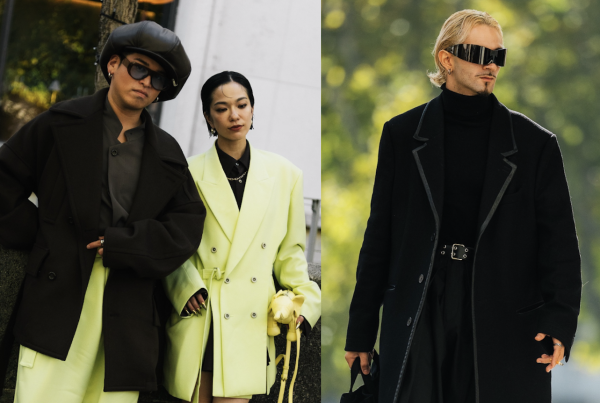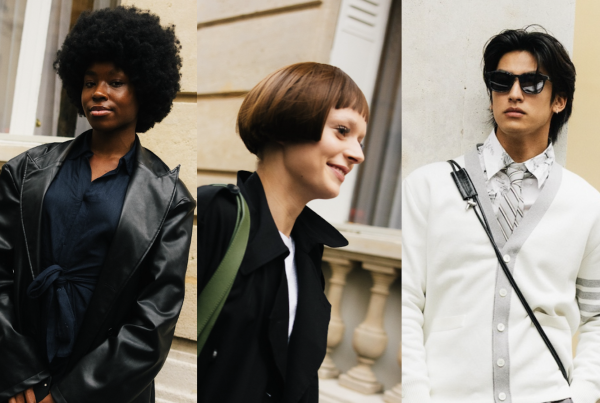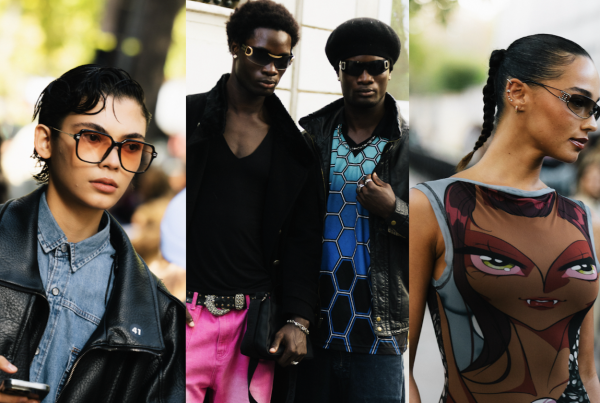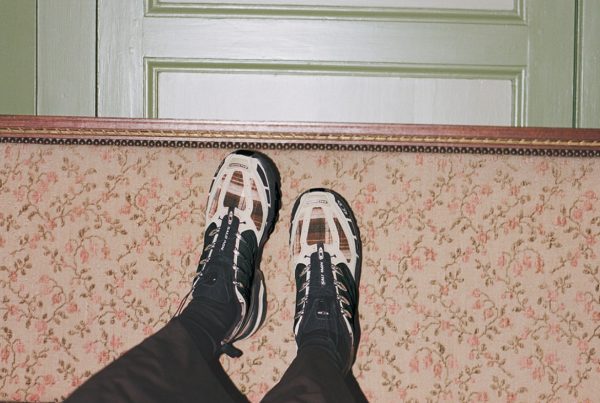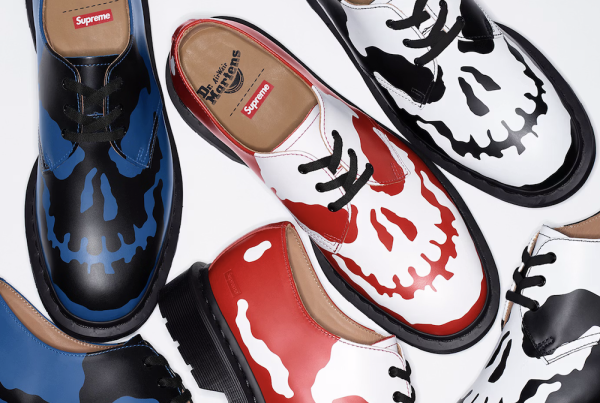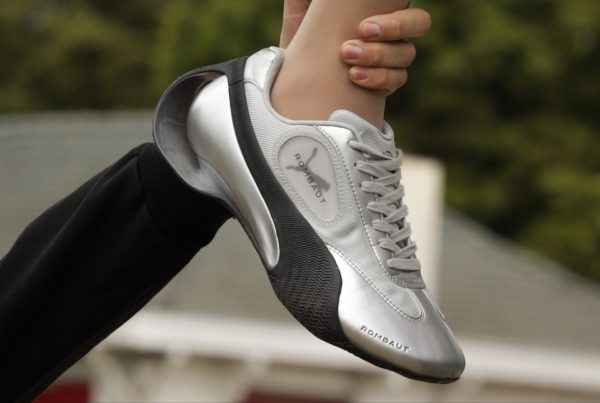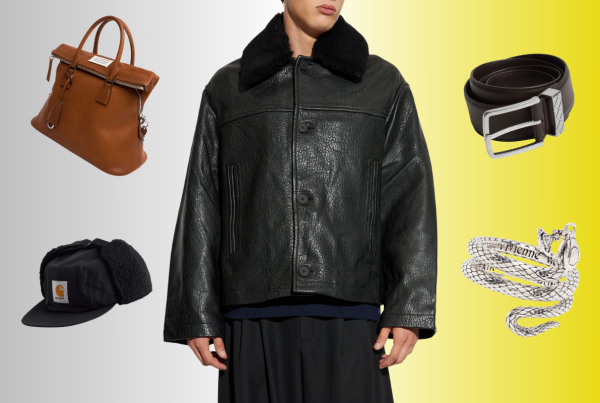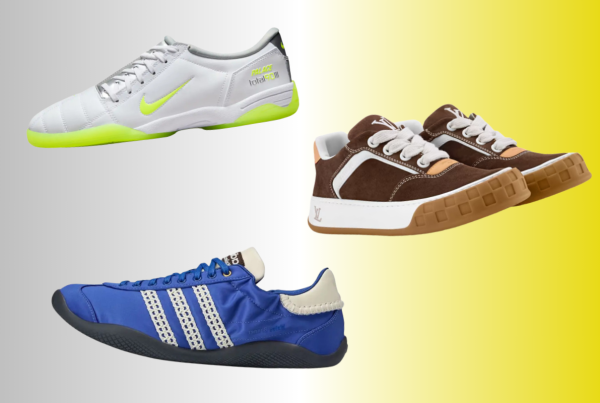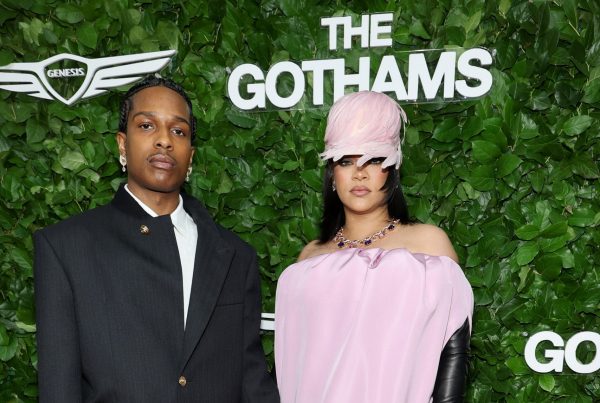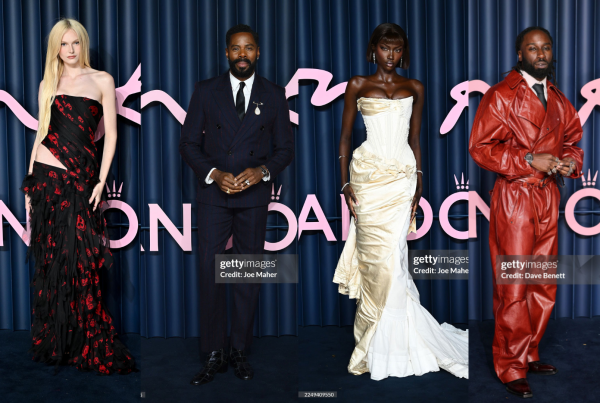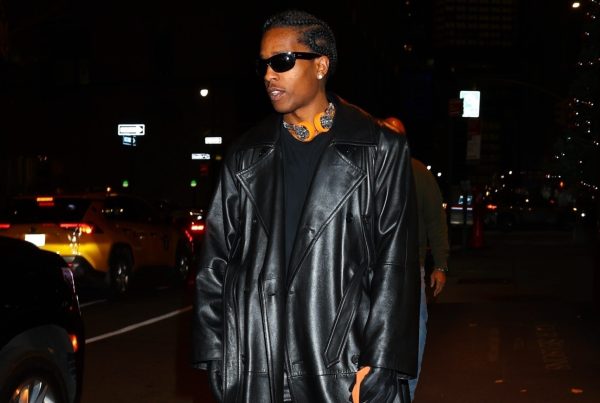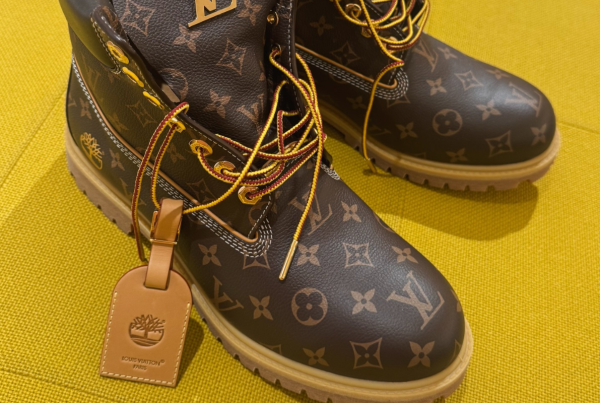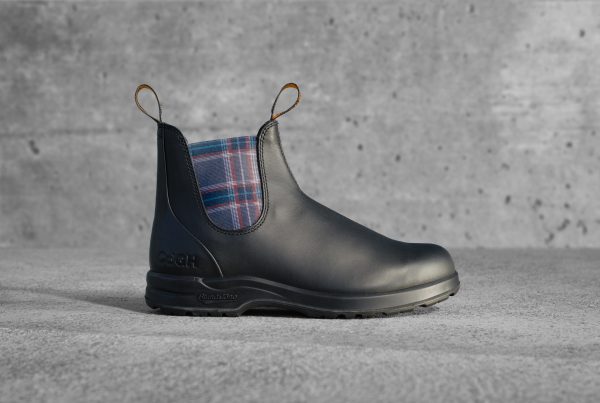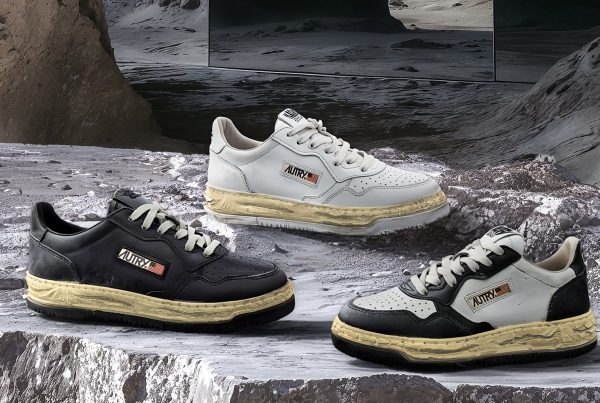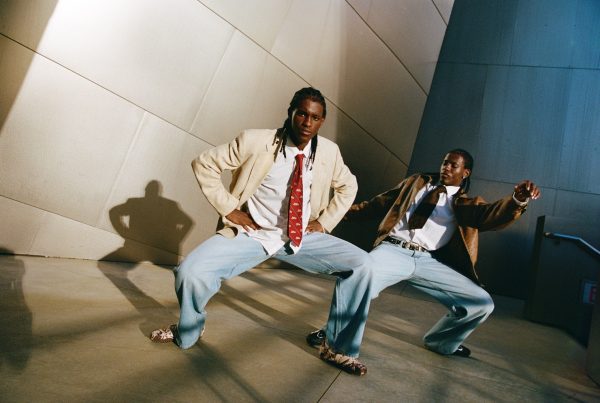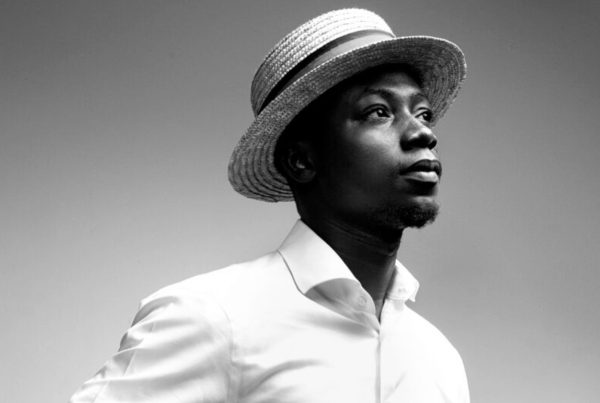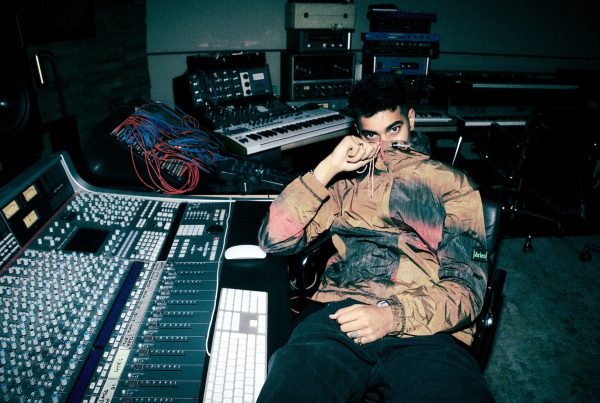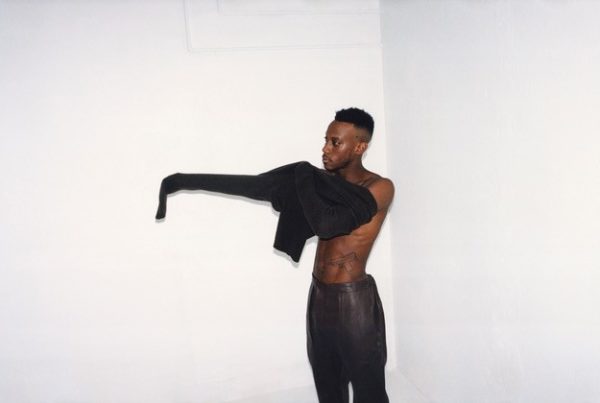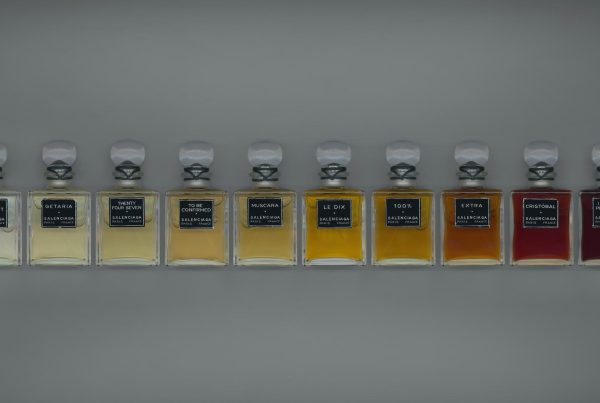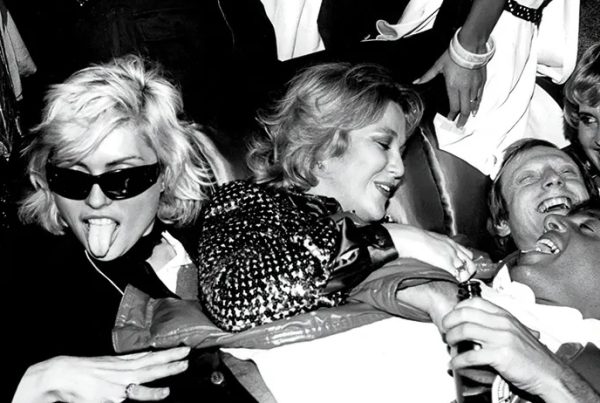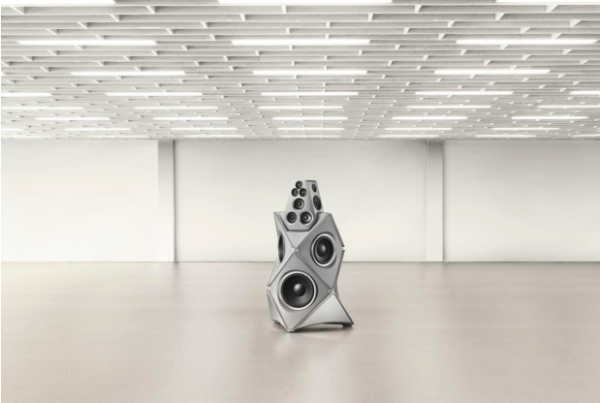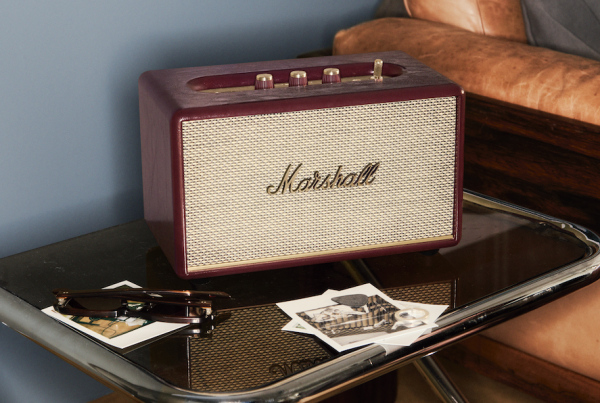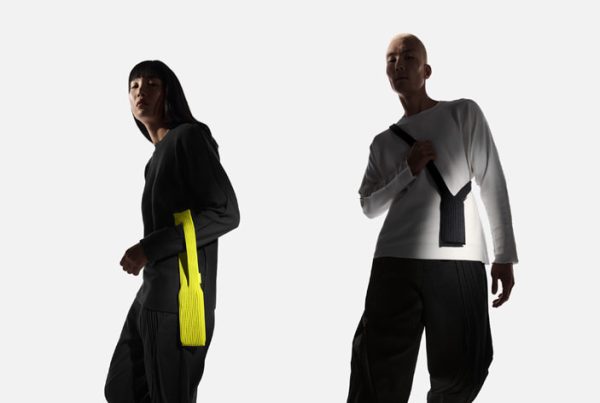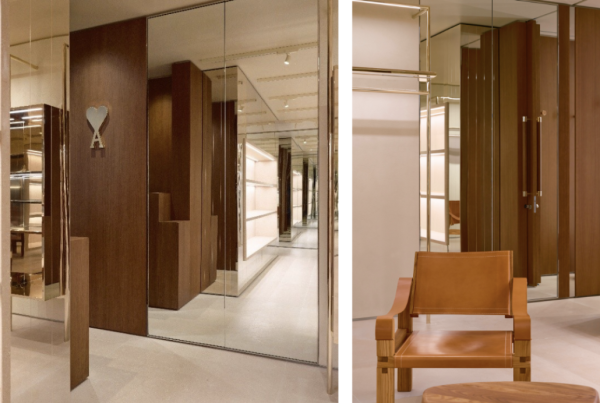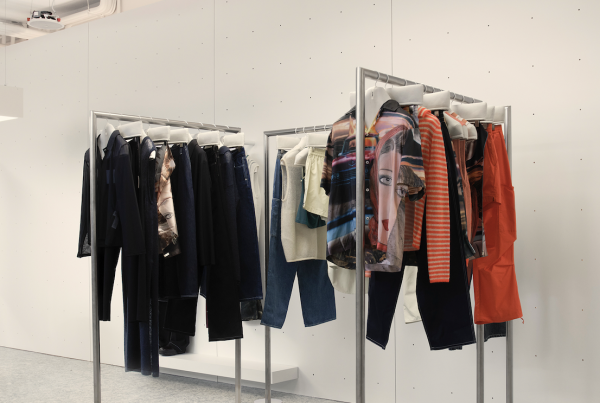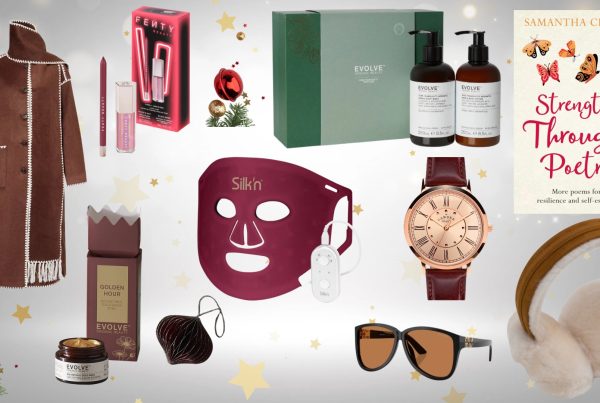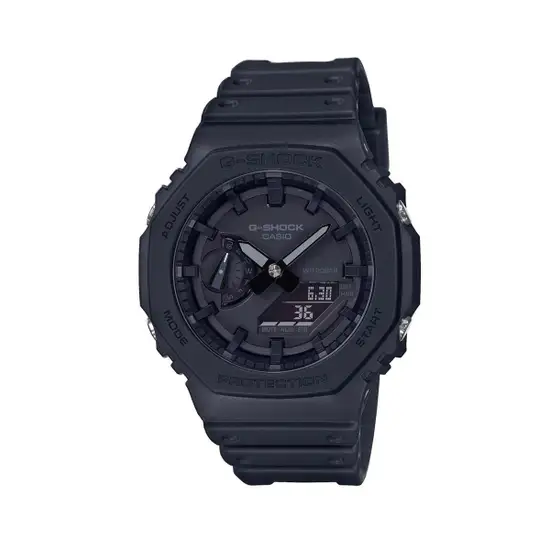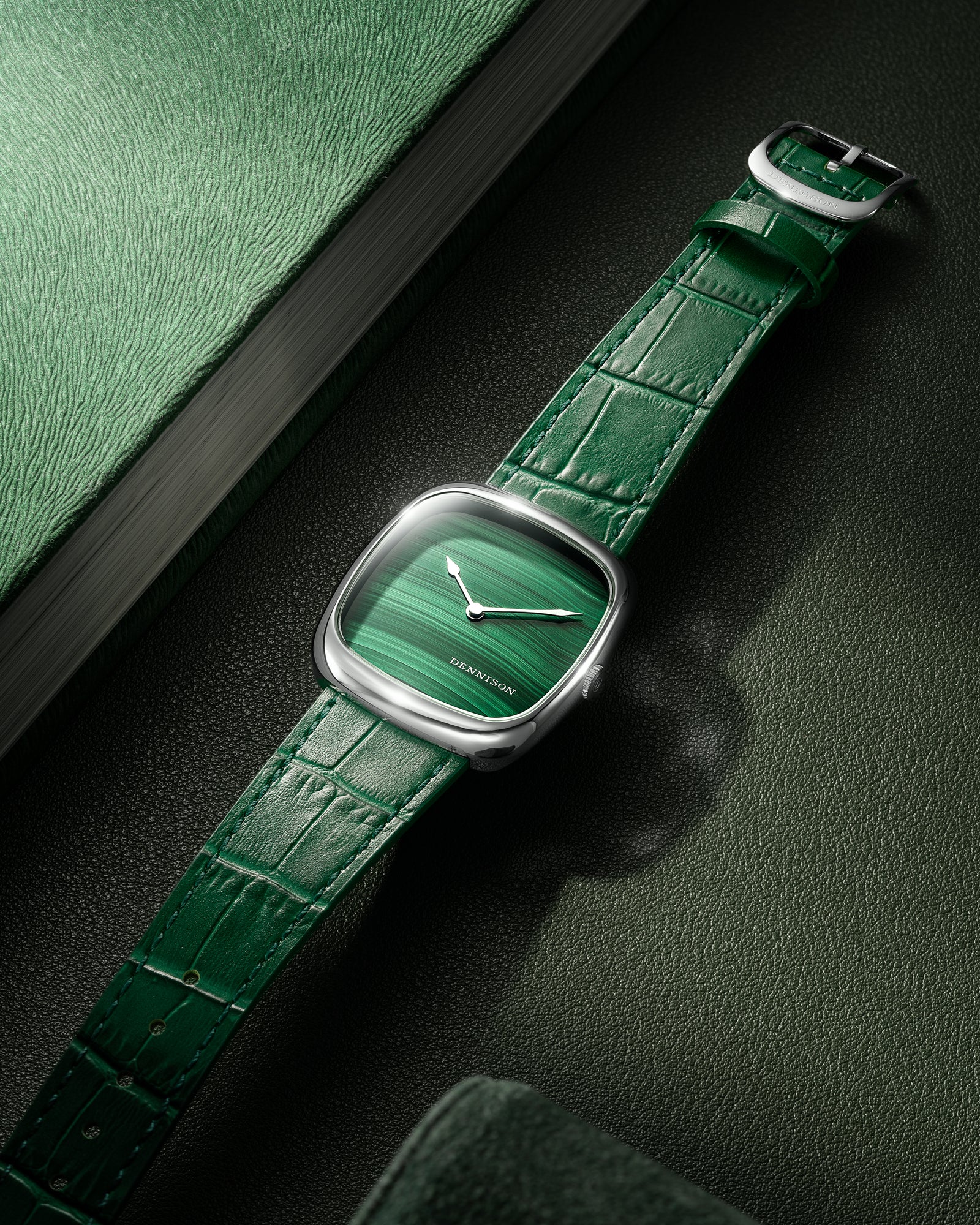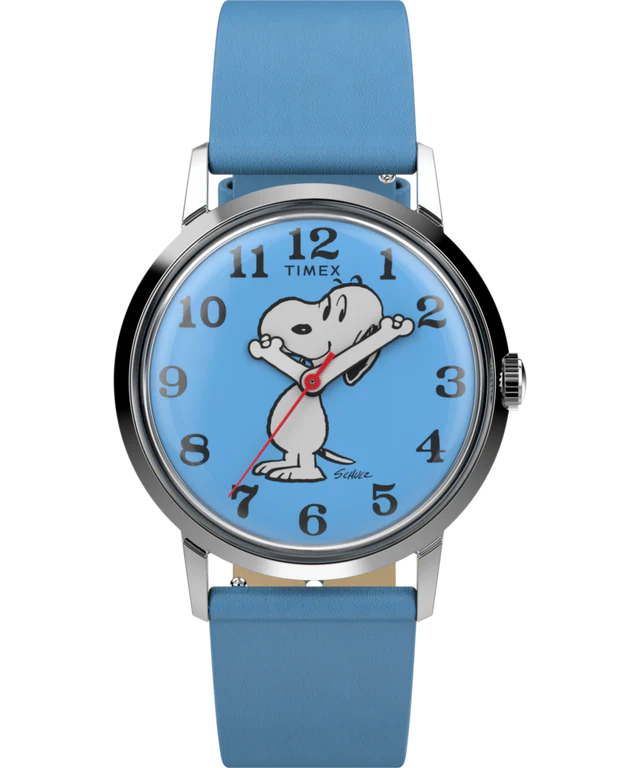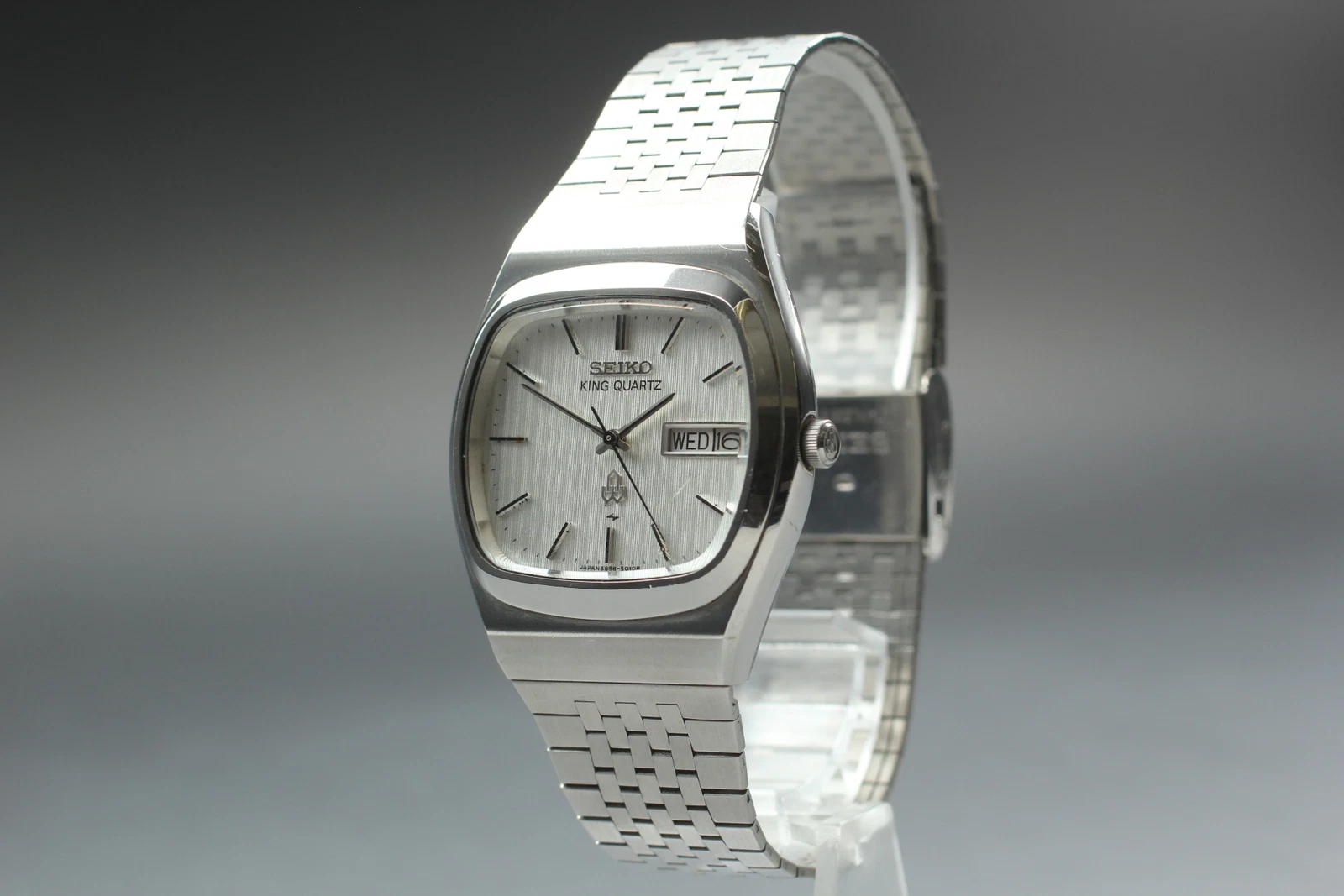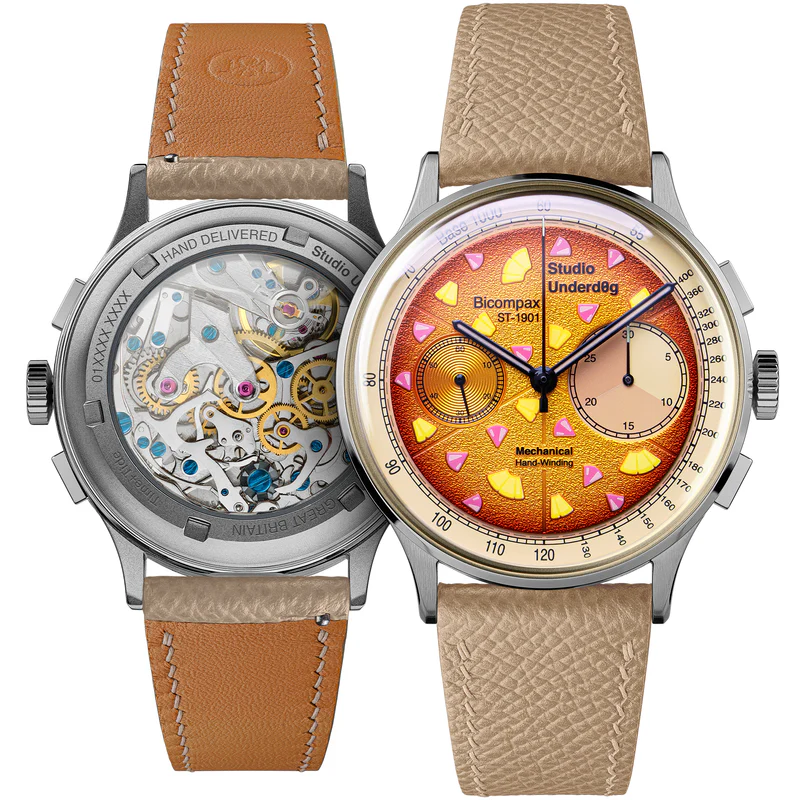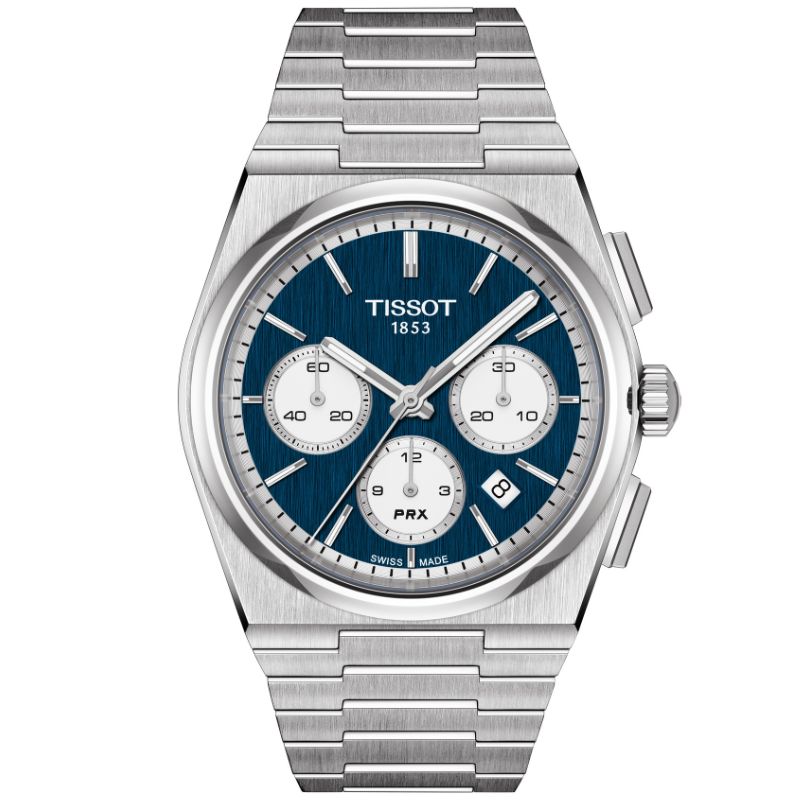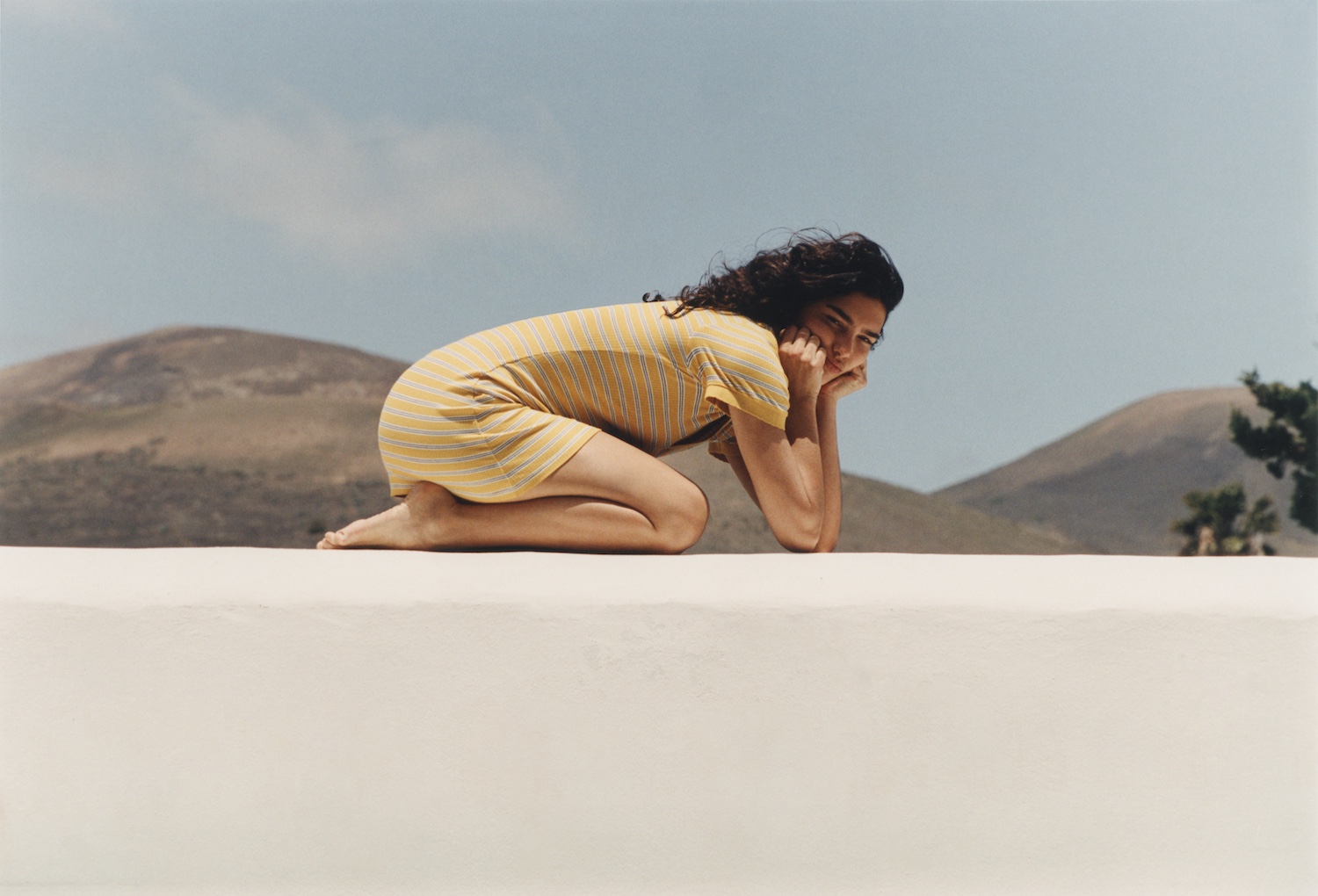Turn Back the Dial.
Looking at the current landscape of men’s fashion, there’s been an uptick in Gen-Z men getting into watches. As our views on commodification begin to shift, so do our shopping habits. What once were the days of slapping on any Air Jordan 1 collaboration and flashy Bape hoodies have turned into young men appreciating the craftsmanship behind watches, regardless of the often ostentatious price tag.
The first watch mankind ever experienced was created in the 1510s. Peter Henlein, the watch’s creator, might have been ahead of his time. Not only was it shaped like an orb, somewhat to the amusement of Vivienne Westwood’s latest jewellery designs, but it was worn as a means of social status. AKA, people who adorned this heavy, 3-inch halo were stunting on those around them, regardless of the fact that it didn’t do its primary job well. That is, being a timekeeper.
Over the years and centuries, the watch was slimmed down, crafted in a new shape and developed to be worn on the wrist. Within that time frame, we saw technological advancements like the tourbillon, a method in which the escapement and balance wheel are housed in a cage, counteracting gravity’s effects on timekeeping.

PHOTO CREDIT: Various
In the 1970s, the first digital watch was created, then mastered by the team at Casio just a few years later. Even Ingersoll went as far as to bend the rules of watch graphics, adding a Mickey Mouse with working arms during a time when it was believed adults and cartoons had no place in the same conversation.
Watch lovers today have the chance to appreciate these innovations, as more and more watch brands appear with similar movements. Like the sneaker industry in the early 2010s, there are big fish who only attract the most coveted of watches. Think Richard Mille, Patek Philippe, and brands of that nature.
Where watch collectors today and sneakerheads from then differ is that only a subset of watch fanatics care about the value of their watch, and public perception. While sneakerheads everywhere merely cared about the price tag and social status that sneakers garnered, watch enthusiasts have a no-holds-barred way of buying into a fad with respect at any price point.
Look at sneaker culture today. Brands like Asics and New Balance are seen as terrific everyday stockers that are respected within the sneakerhead community. Bring those same pairs back to the mid-2010s, and you’ll probably be met with a different response. The same can’t be said about watches.
PHOTO CREDIT: Casio
Take Casio, for example, A Japanese company with years of experience in the watch-making game. Today, Casio’s most popular watch, the G Shock, boasts traits such as 200 metres of water resistance, shock resistance, and extreme durability. If you were to check online, videos could be found showing the G Shock literally fixing itself after breaking under 300 pounds of direct pressure, and remaining intact after a grown man attempting to rip it from limb to limb. The beauty of the Casio G Shock is that its base model retails for just under £100, and is just as respected by the guy in a vintage Rolex as it is by a man wearing a Richard Mille RM 66.
In no other fashion commodity subgenre could you find the same respect for pieces close to that price, especially when you compare £100 to the OG Jordan brand of watches, where a Rolex can set you back upwards of £3,500 on the second-hand market. Watches, in essence, is a guilt-free fashion community that has a low barrier to entry. Once most get their hands on a starter watch, which we’ll mention below, it ultimately grows into collecting vintage watches, then watches with stories, and eventually investment pieces.
Since PAUSE is such a firm believer in watches being the best accessory for fashion lovers to get into, we’ve compiled a selection of beginner watches, from Casio’s nearly indestructible G-shock to vintage time pieces that can be found on second-hand markets. Scroll down to uncover that list.






